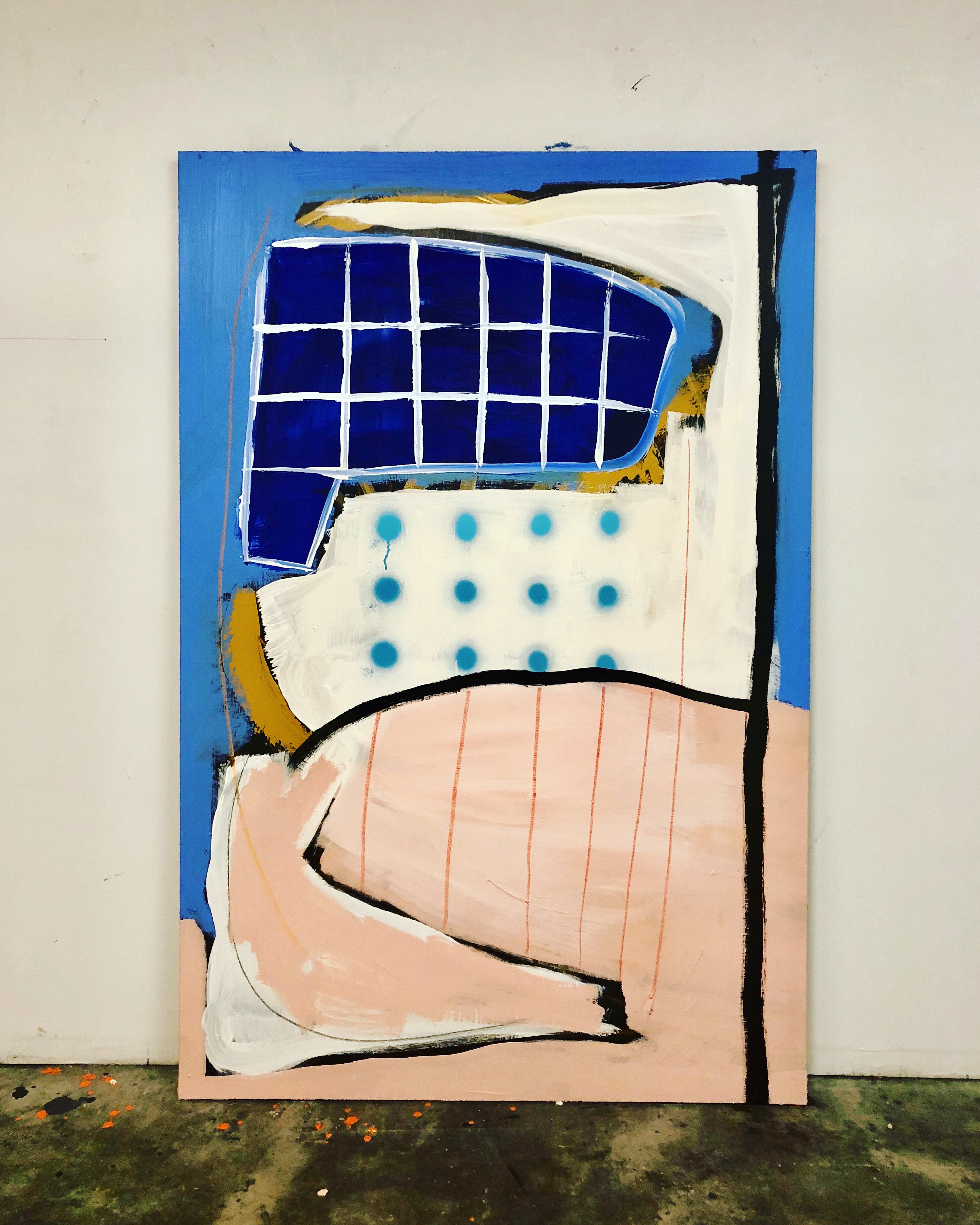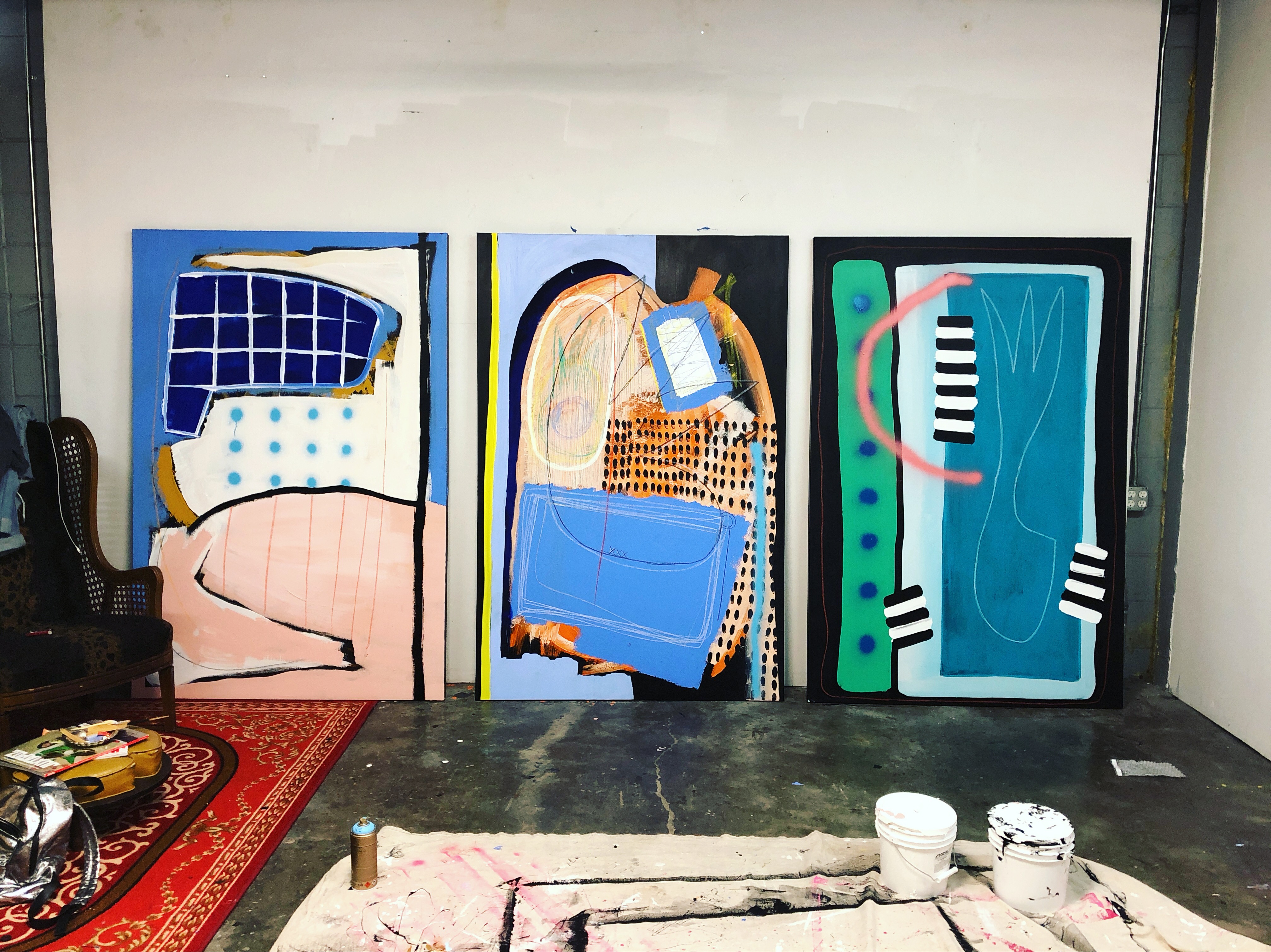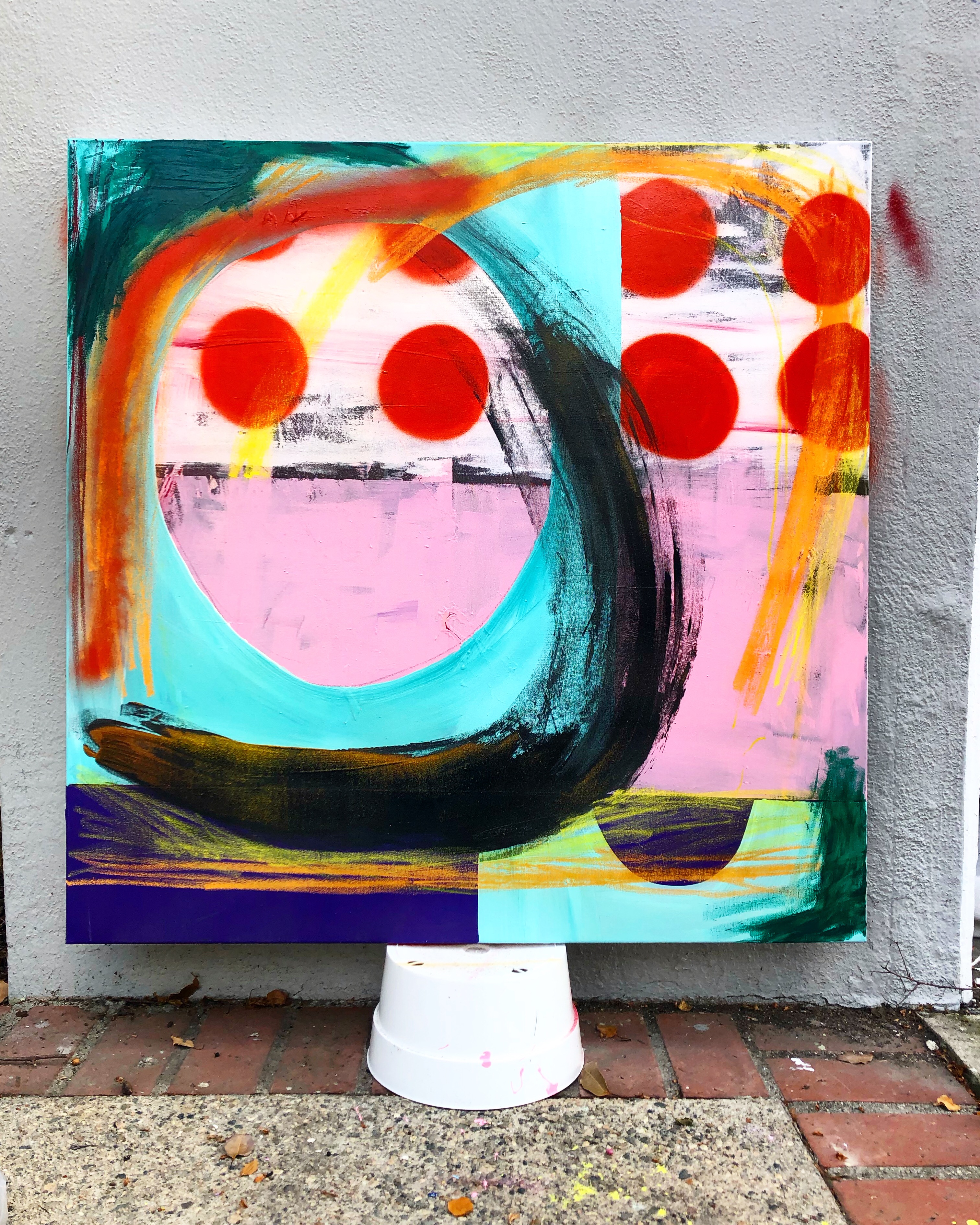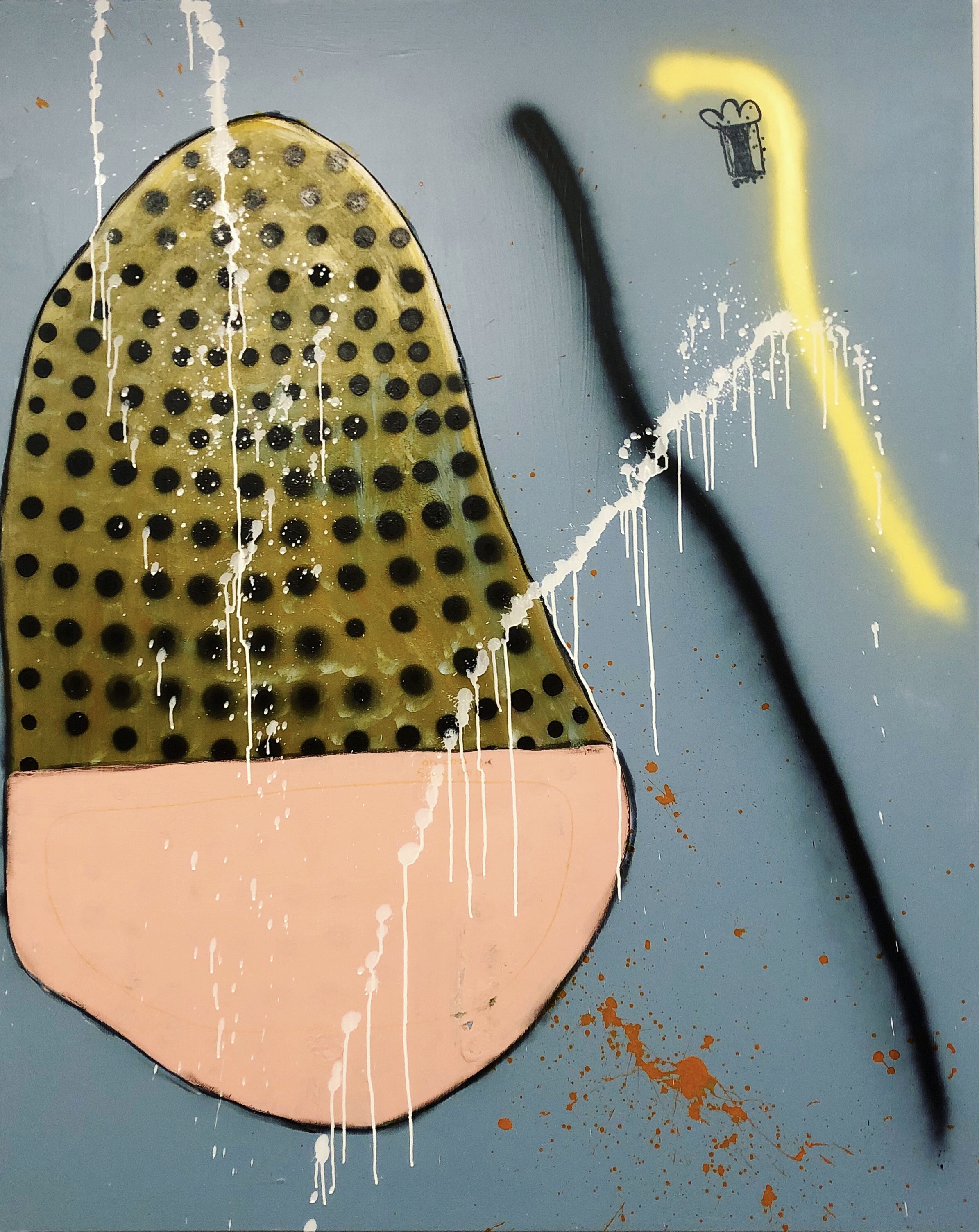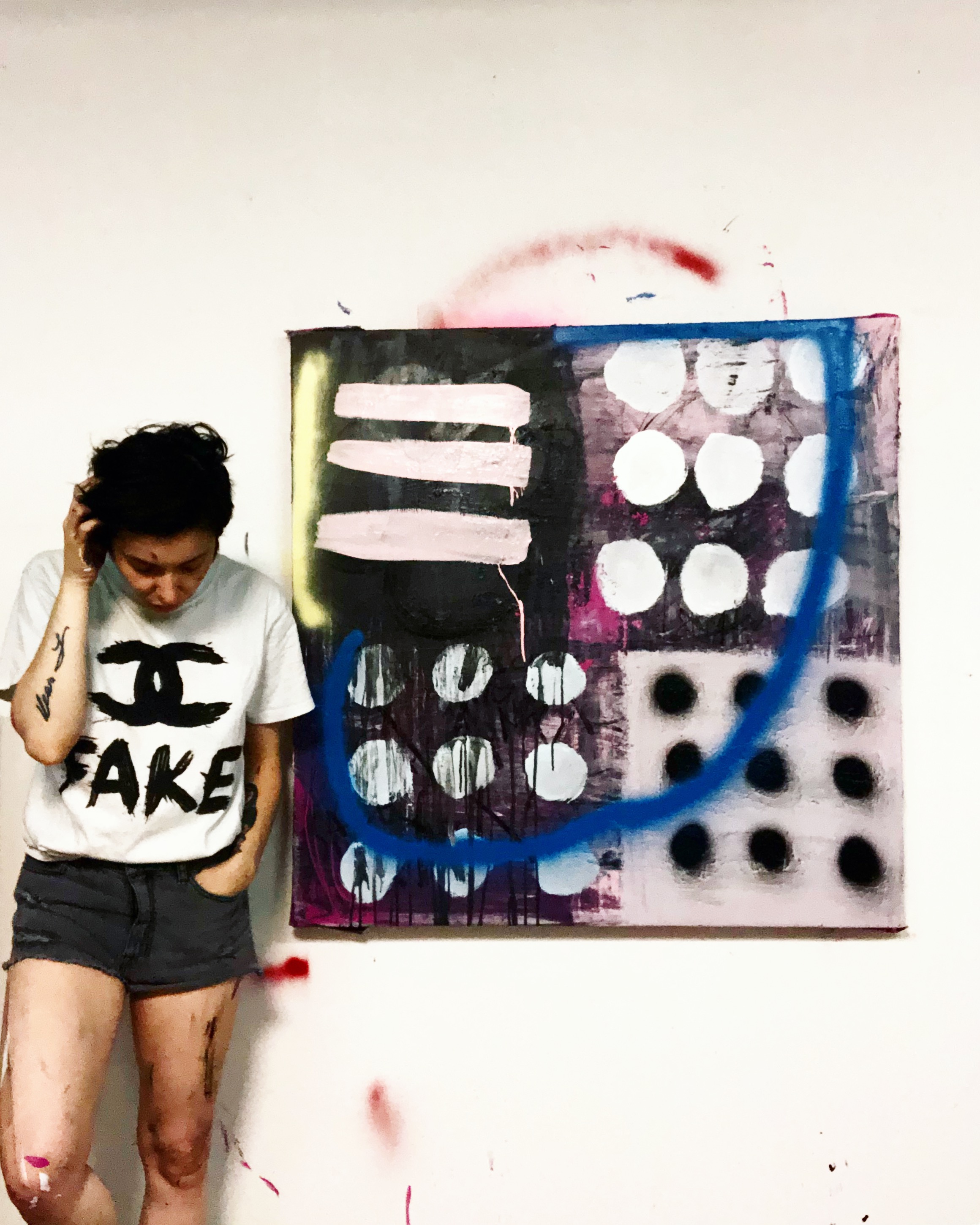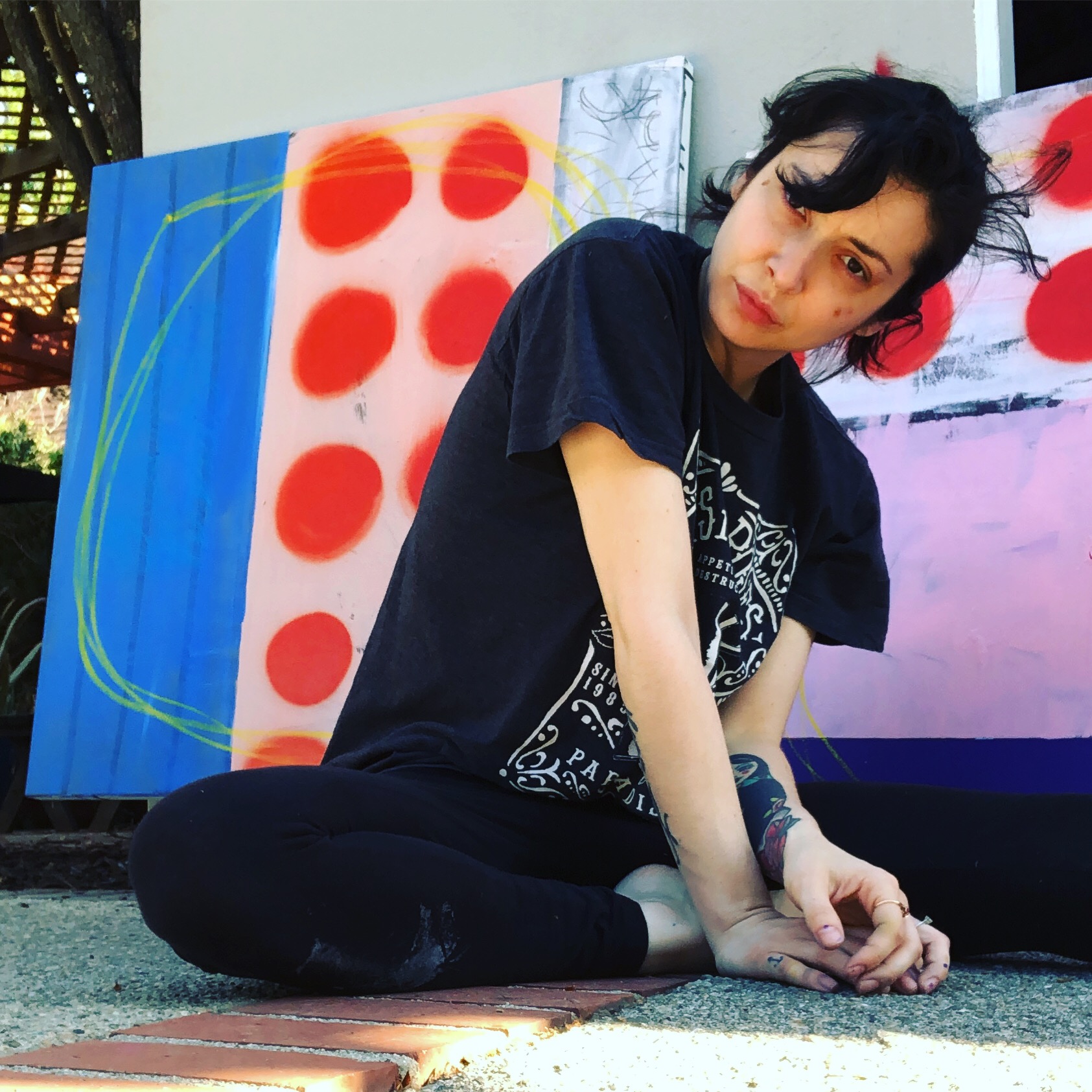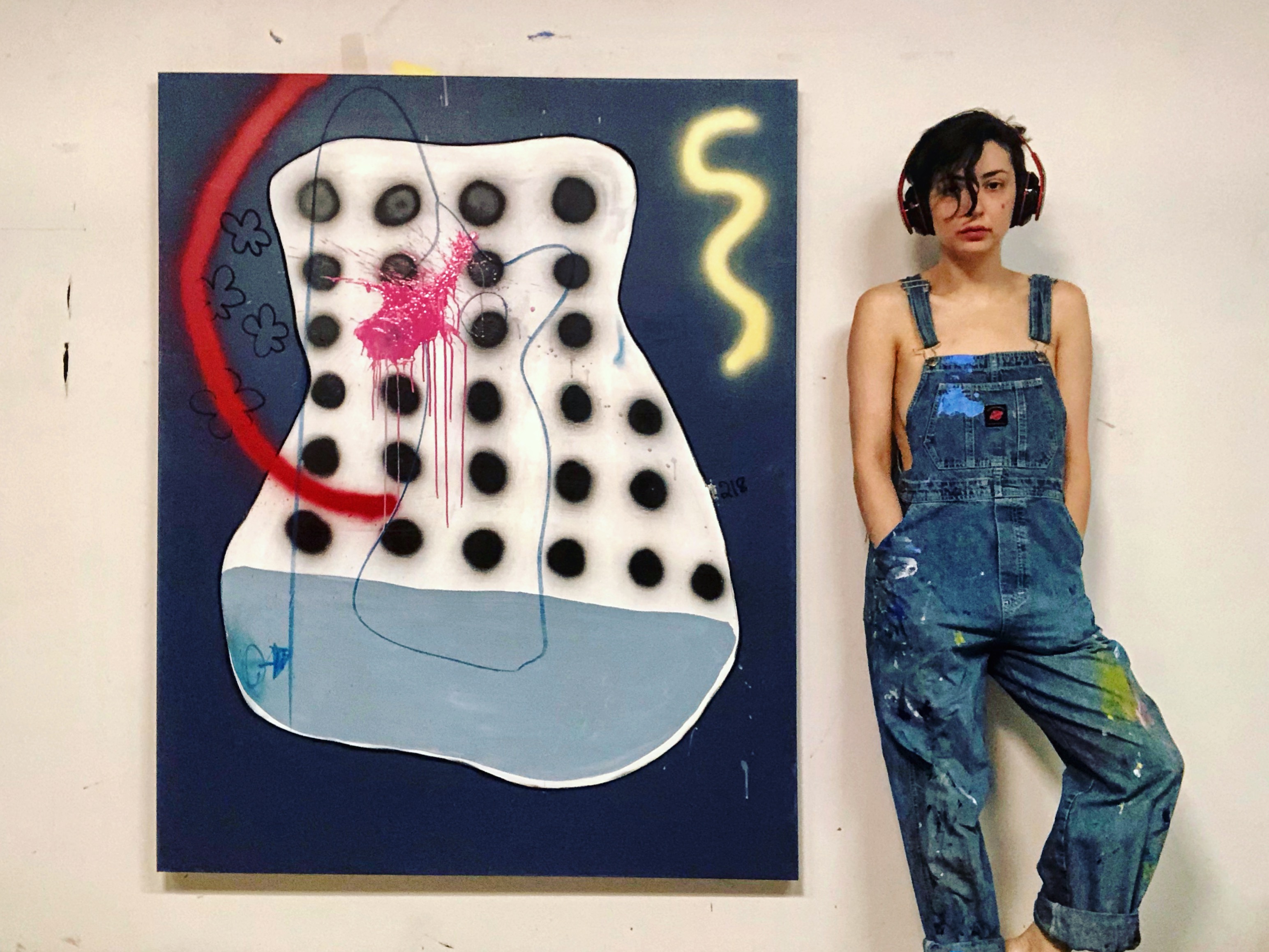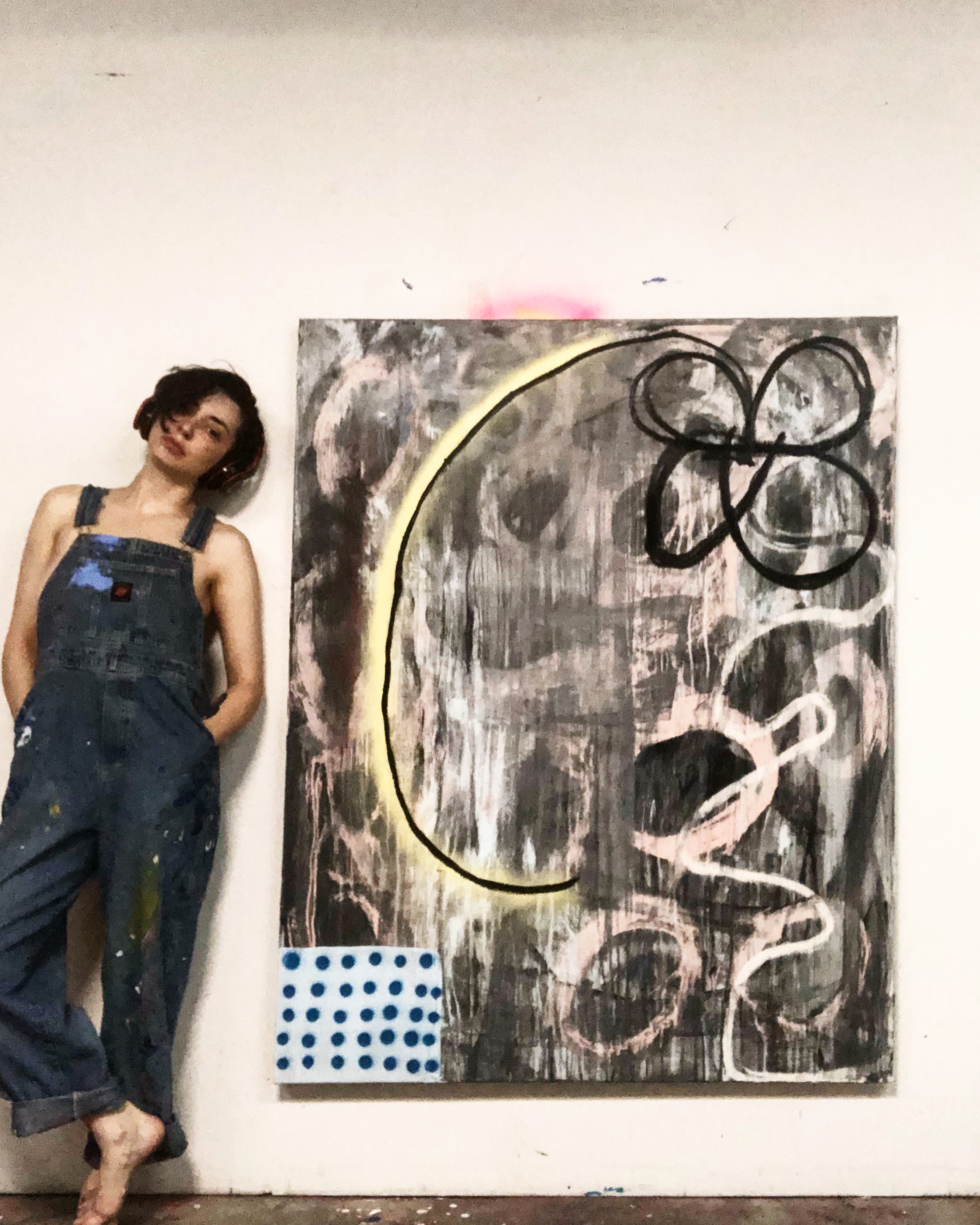sarah svetlana
Interview by Jimon
1-Where did you grow up and where do you currently reside and work? My family fled the Soviet Union when I was four years old. We moved to the most homogenous suburbs of Minneapolis, Minnesota. Then, at seventeen, my family moved to Los Angeles, where I still live and work.
2-How would you describe Sarah Svetlana? I am a Jewish refugee from Soviet Belarus. I am an eternally conflicted child, stuck between two cultures and two languages. I am the three year old refugee you now see in detainment cages on TV. Because I can pass for anyone of you, I am also the girl next door. I guess you can call me the American dream.
3-How long have you been making art and what lead you to start? In kindergarten we draw pictures long before we read and write—I suspect this made an impression on me. Drawing was a way to manage and reframe a world that was scary and big and incredibly unstable. Art has always felt like a better form of expression.
4-You were an agency model turned art model, why the transformation? After I moved to LA, I followed in the footsteps of my sister—I began modeling. Those years, my late teens and early twenties, were replete with insecurities and so much self-hatred. These were the days before Instagram, when models found work through agencies, and those agencies had strict physical standards. I made this choice to model even though it rooted out all of my insecurities, so when the agency and the photographers and the clients approved, it would mean that I’m worthy. As I got older, my perspective shifted, not so much self-hatred anymore, I guess. Eventually the business of modeling started to look more and more shallow. But I loved shooting and photography, so I began art modeling because it offered an artistic outlet. The art modeling money bought my first paint supplies so I’m grateful for it all.
5-Did you study art or is it inherent? I’m self-taught.
6-What influences you as an artist? Memories of my childhood. The block colors and polka dots on my grandmother’s pots and pans. I love the discoloration of the paint on old buildings. Graffiti that was once there. The back of semi-trucks during traffic. The colors of my garden and the shade of your lipstick.
7-Tell us something about the art world that you want to see changed? I would love to see a revival of art patrons on a grand scale.
8-The future is _________? Now. And incredibly sexy.
9-What is your thought on the following statement: Art should comfort the disturbed and disturb the comfortable! I totally agree. Art is rarely just a pretty picture. It should soothe and cause discomfort—maybe all at the same time.
10-How do you define success? Both, critical and commercial success. Is that asking too much?
11-How would you like to be seen as an artist years from now? Evolving.
12-When you are not painting what do you enjoy doing? When am I not painting though?
13-Do you have a place/person/thing that you visit for inspiration? When I’m really stuck and I can’t seem to center myself. I’ll usually put on my headphones, close my eyes and let it come to me. Fragments of memories, songs, images of people will come. The colors and shapes are all around us to inspire us, it’s just a matter of being in the right head space.
14-Best advice you ever received in regards to your career as an artist? Never stay comfortable, your work should scare you at times.
15-If you could have dinner with any artist living/dead who would it be? Helen Frankenthaler, Joan Mitchell, Cy Twombly.
16-Name three things you can’t live without in your studio? My noise-canceling headphones (sometimes I wear them just for silence), my music, and my skateboard for balancing.
17-How would someone find you on social media? Instagram @svetaismyname
Back to List